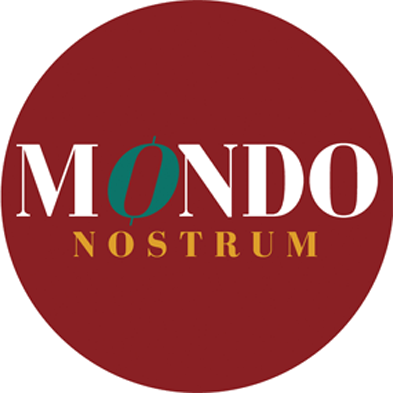Intro
Emilio Ambasz
FRAGMENTS TOWARDS A WHOLE
The Western notion of Man's creations as distinct and separate entities - in contrast with Nature - has exhausted its intellectual and ethical capital. An emerging man-made garden is overtaking the one we were originally given.
We must build our house on this Earth because we are not welcomed on the land. If Nature were to have welcomed us in the guise we have become, we would not have need to make shelters. Every act of construction is a defiance of nature. We need to conceive of an architecture that stands as the embodiment of a Pact of Reconciliation between nature and building.
In our pursuit to master Nature-as-found, a second man-made-Nature has emerged, intricately related to the given-Nature. We need to re-define architecture as one aspect of our man-made nature, but to do so we need first to re-define the contemporary meaning of Nature. We must formulate an a-tectonic notion of architecture, where architecture is conceived as an integral component of that emerging Man-made Nature we are willingly, as well as unwittingly, creating. The task of the architect is that of easing our man-made Nature into the organic one we have been given.
If, as herein postulated, the task of the architect is that of making peace between our man-made Nature and the organic one we have been given, perhaps a new Philosophic Academy is what is called for. Shall we call such institution a Universitas, i.e. the whole?
We must create alternative models of the future proposing a better life to guide our actions if we do not wish to perpetuate present conditions. Any architectural project not attempting to propose new or better modes of existence is unethical. This task may stagger the imagination and paralyze hope, but we cannot subtract ourselves from its pursuit.
POSTSCRIPT
There is in all of us a deep need for ritual, for ceremony and procession, for magical garments and gestures. It is an archetypal quest in which all partake. But let us beware. The supreme misfortune occurs when the Idea arrives before the Image. Ideas come wrapped in words, and words are part of our already established linguistic baggage. Words denote an established and culturally agreed upon typology, when not a stereotype. As such, they inhibit the introduction of new meanings, i.e. of invention. Words operate in the domain of semantics, while images belong to the realm of Visions.
